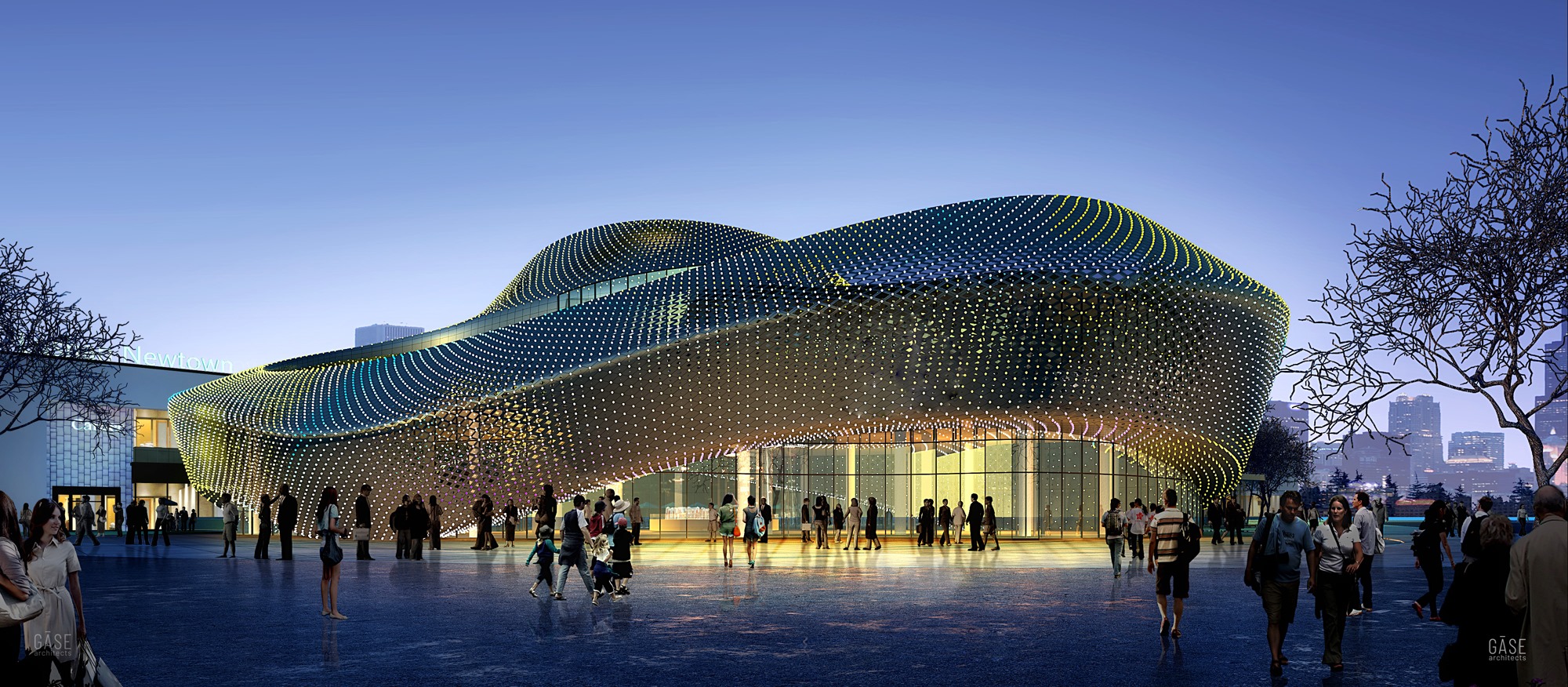Tokyo Music Hall
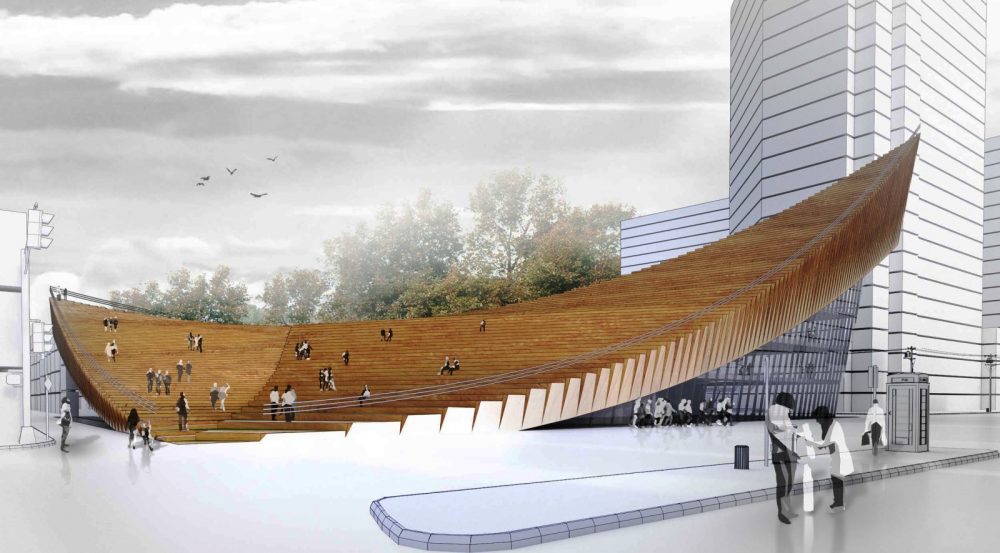
Despite the niche audience of conventional music halls, Persian architecture firm Hajizadeh & Associates featured an open roof plaza for Tokyo Music Hall – catering to all citizens of the city, regardless of their music preferences.
The design process for the Tokyo Music Hall started as a community-based endeavor that emphasized on site analysis, including its surroundings. Hence, the architects focused on two important streets of Meiji Dori and Takeshita Streets as the project’s primary urban hub.
Based on its completed site analysis matched with the project’s functions, there are two reasons why the building was separated at ground level: one, to offer adequate space for its structural requirements, and; two, to create a seamless transitional space between the surrounding streets and gardens.
Aside from urban dynamism, the architects also incorporated Japanese culture, history, and typologies in the design evolution of both its form and spaces – branching out to its structural concept and material selection. This resulted in the prominence of timber as the building’s main material.
A distinct roofing that begins at street level eventually “peels off” as it elevates to meet the project’s ceiling height – creating an open public space for visitors to socialize, sit, and observe the city atop a roofing system reminiscent of traditional Japanese architecture. This roof garden cultivated on its northern edge also created a calming atmosphere that brings a hint of nature into a highly-urbanized fabric.
Entrance to the music hall is announced by the building’s apex – with a façade wrapped in glazed panels that allow passers-by to catch a glimpse of the rich interiors. At night, the illumination from interior lights creates a “beacon” light effect achieved by the same glazed panels. On its adjacent edge lies a stepped roofing system that invites visitors to the roof garden.
Inside, the same stepped shape was exposed and adapted, allowing it to be an integral part of both its exterior and interior character. A warm and intimate atmosphere is further achieved by incorporating recessed lights into the fins of its walls and ceilings – blending with its equally inviting exteriors.
Hence, the resulting built form is something that blurs the boundary between the public and private realms. This entices visitors to explore both the music hall inside and the roof garden outside – a truly dynamic urban environment. Valuing traditional Japanese architecture in contemporary fashion, the Tokyo Music Hall emerged as an award-winning design that not only welcomes music, but also leisure and contemplation.
- Japan
- Hajizadeh & Associates
- http://hajizadehandassociates.com/?page_id=2159
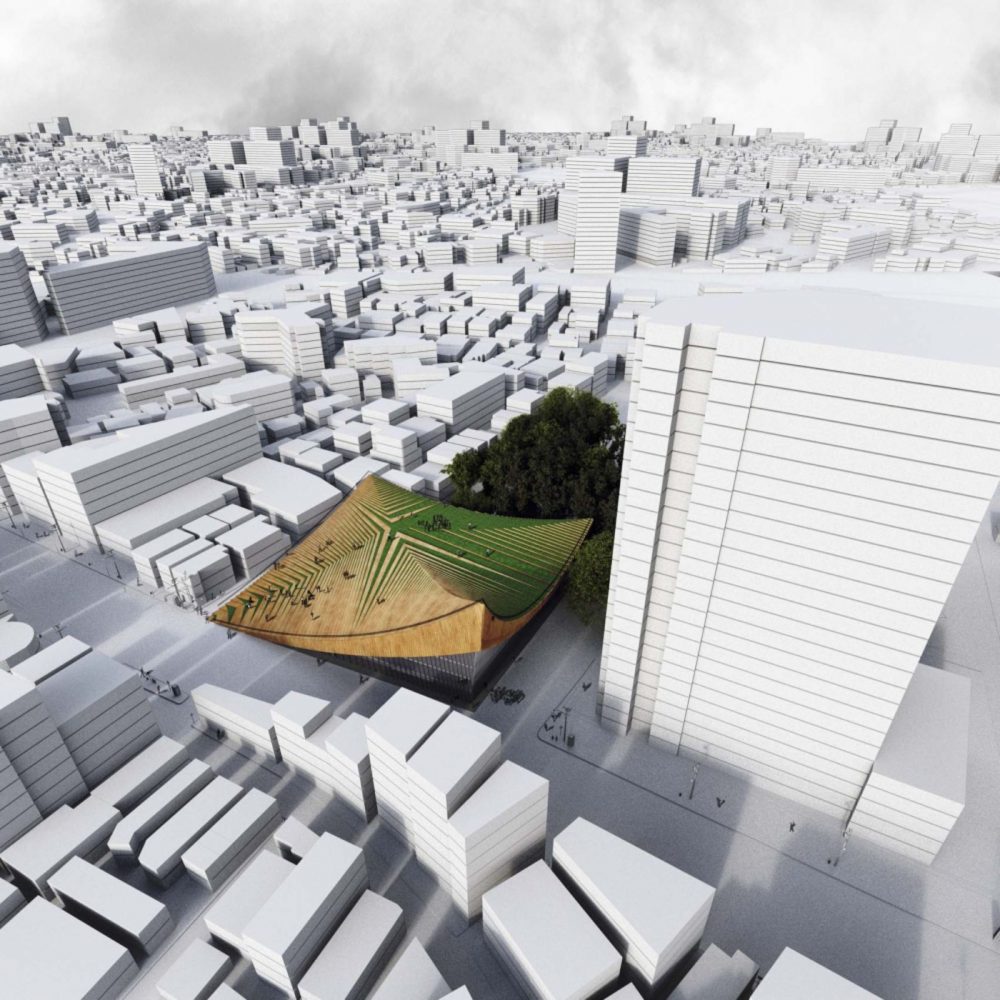
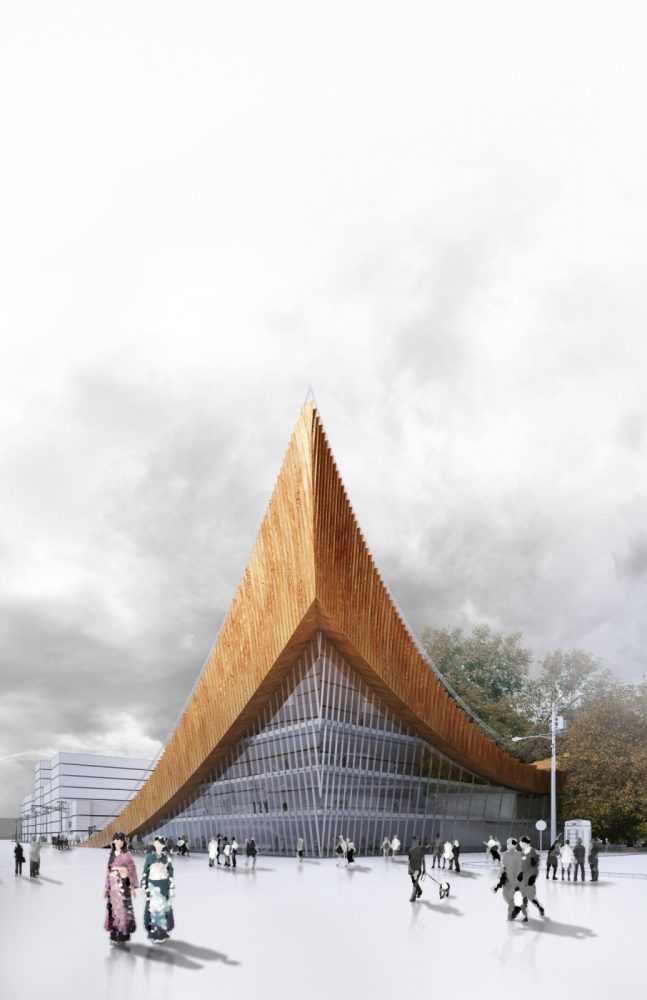
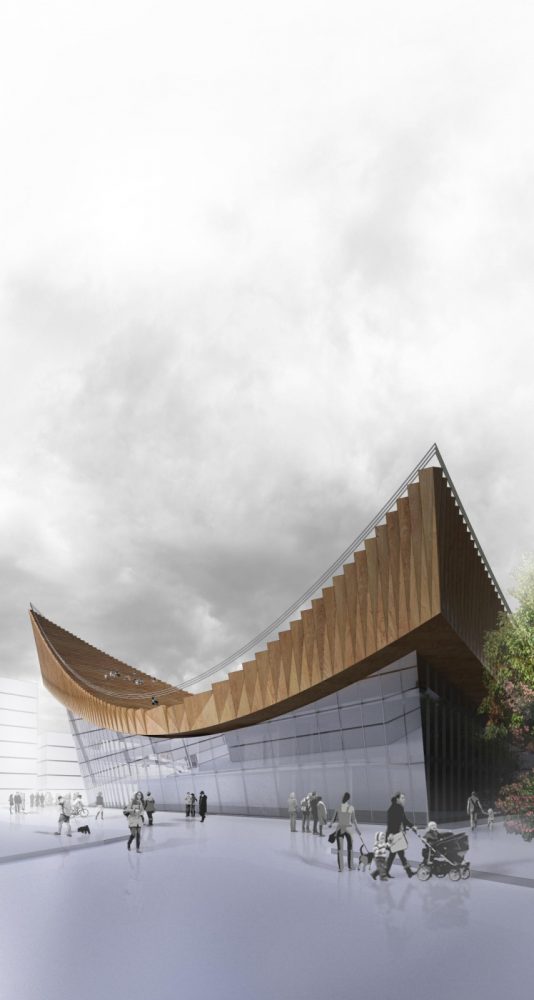
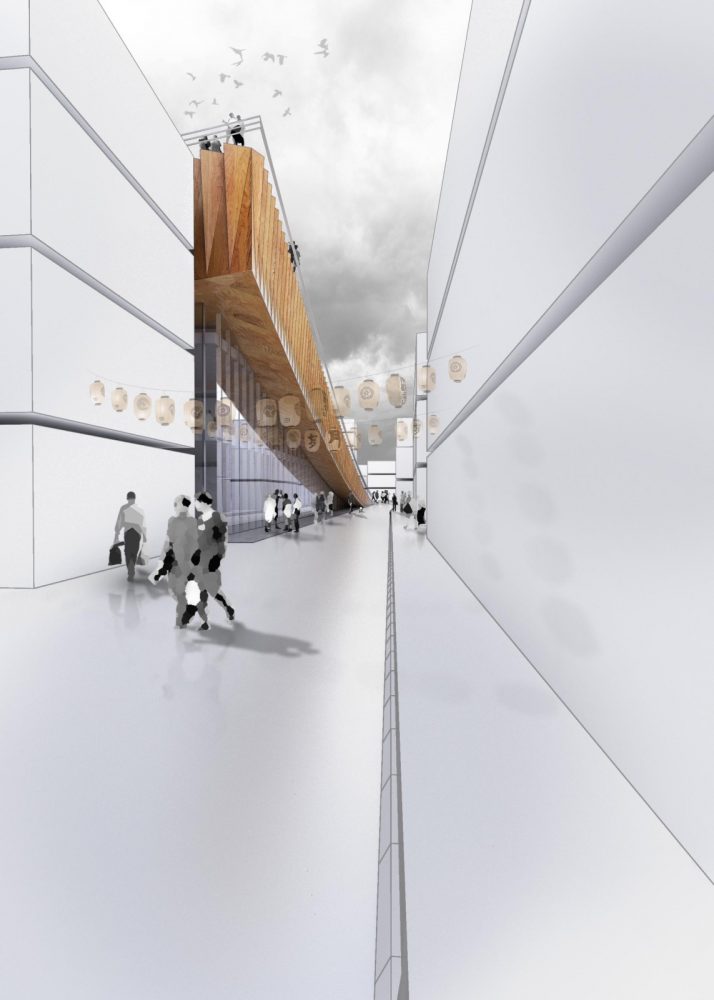
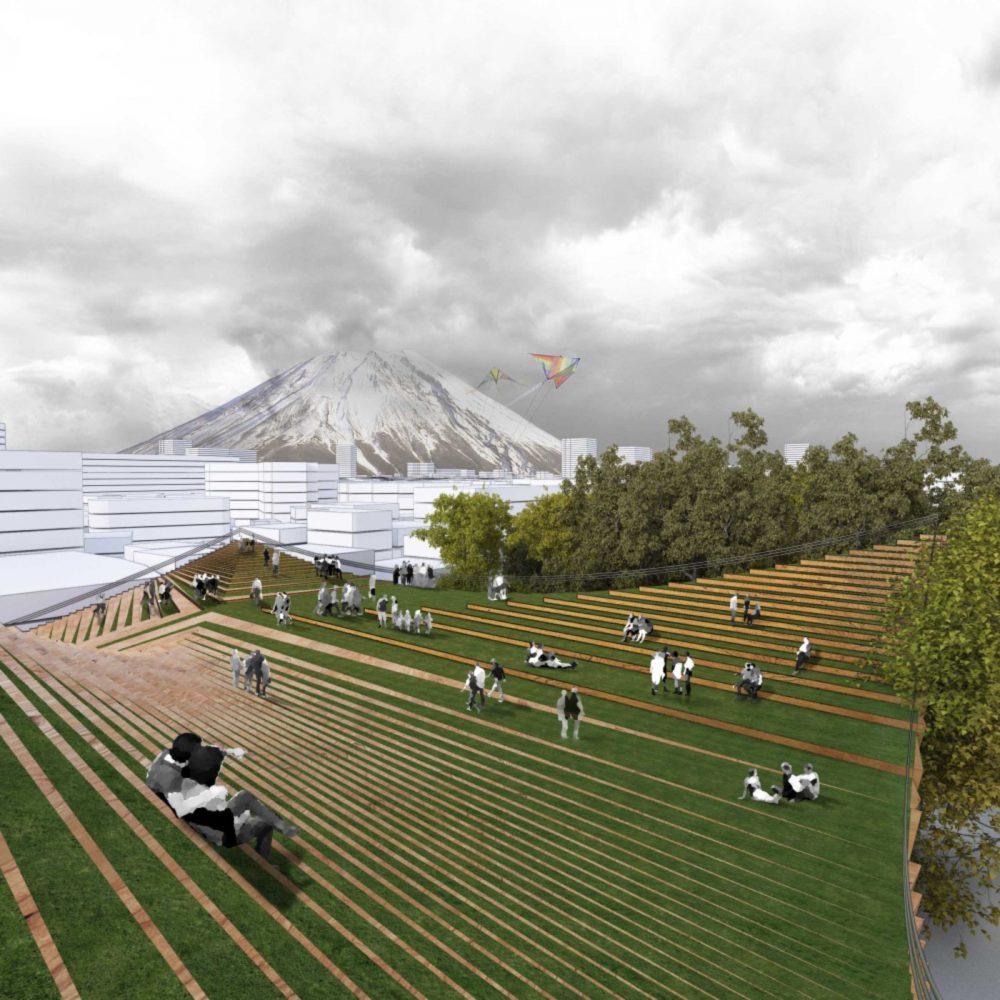
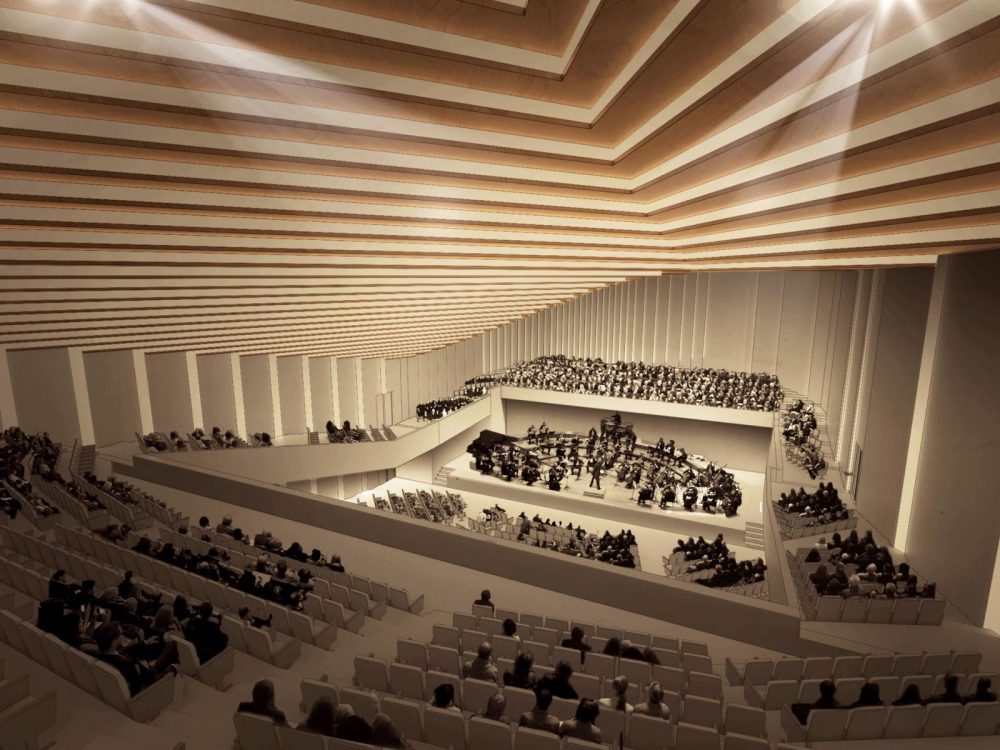
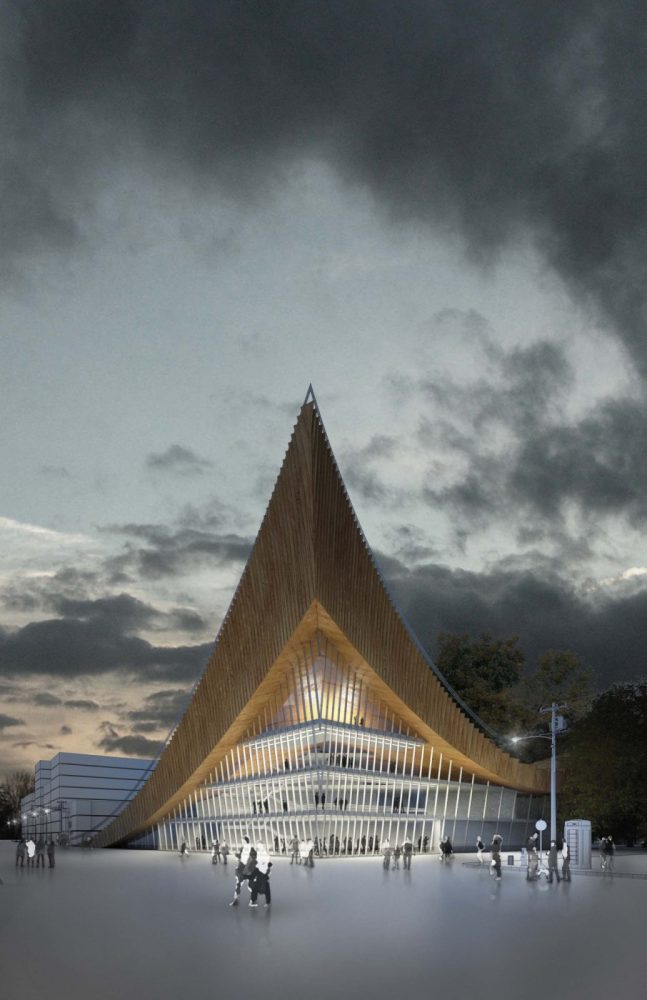
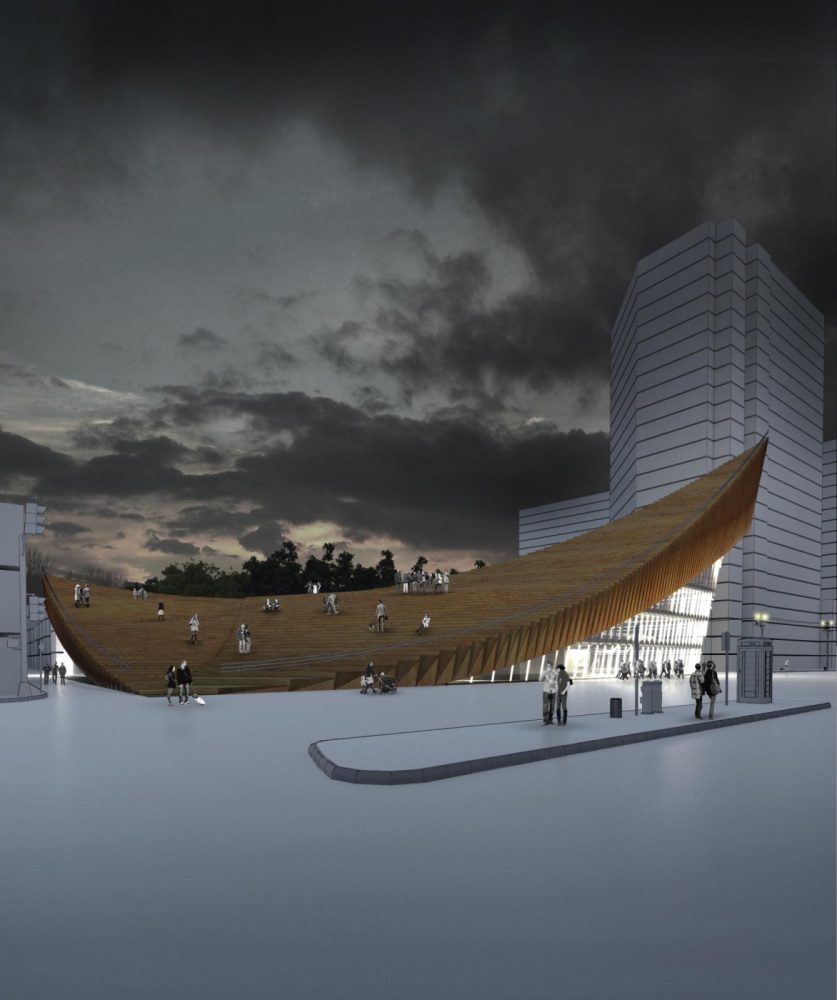
Category Public





